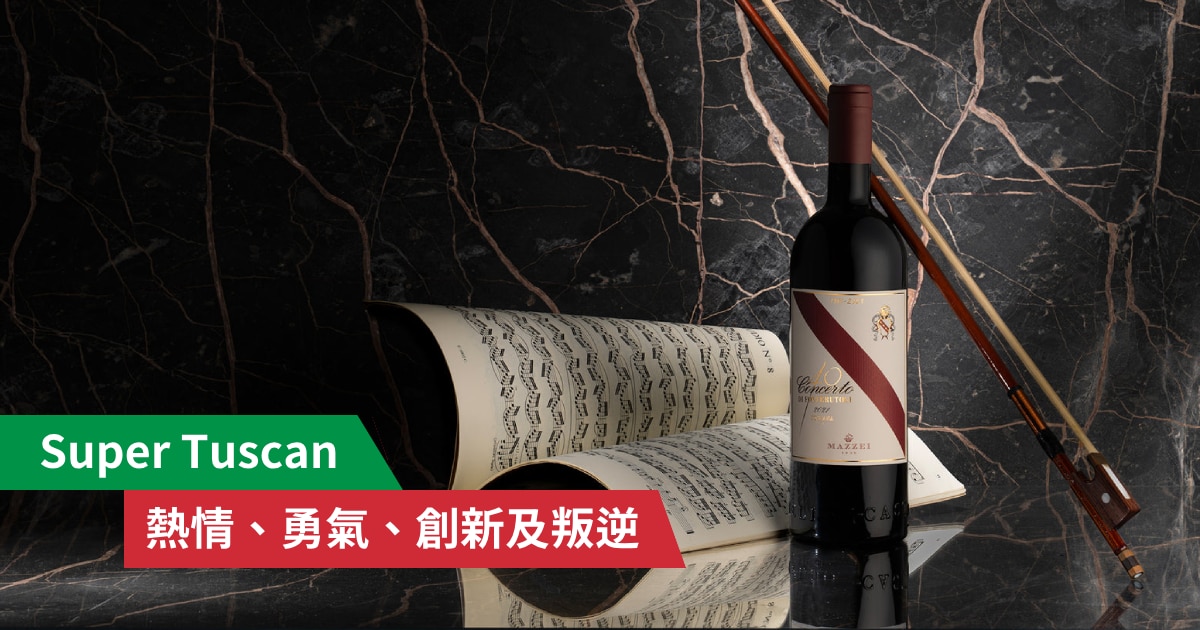
新西兰最受欢迎的葡萄品种,无容置疑是Sauvignon Blanc – 清新、果香浓郁,占全国葡萄酒出口的85%, 看来很多爱酒之士都无法抗拒这魅力十足的葡萄。 不过,这美丽的岛国又怎只得Sauvignon Blanc呢?其实它有出产其他优质葡萄酒,无论红酒或白酒、口感轻盈或丰厚,大家都能轻易找到,它的种类繁多和绝佳质素随时超乎您的想象! 以下便向大家介绍几款以其他葡萄品种酿造的新西兰美酒,绝对值得留意。
Pinot Noir
新西兰用作酿造红酒的葡萄当中,最具标志性的品种是Pinor Noir,主要来是南方较寒冷的地区,如Marlborough和Central Otago。 新西兰Pinot Noir红酒近年愈来愈受欢迎,出口销售额连年持续大幅上升。 果味突出、早熟都是它的特点,而当中较顶级的出品更会带点泥土气息、咸味和更多的层次。 多元的气候和土壤让新西兰各个地区都能创造出截然不同的Pinor Noir风格。

Merlot & Cabernet Sauvignon
仅次于Pinot Noir,Merlot是新西兰酿造红酒的葡萄当中产量第2大的品种。 酿酒师常将Merlot与Cabernet Sauvignon或其他葡萄品种混酿,如Cabernet Franc 和Malbec。 Merlot多于较热和干的产区种植,其中最突出的产区的是Hawke’s Bay。 早于60年代,Hawke’s Bay已由今天的知名酒庄McWilliams于世界舞台打响名堂。 由于新西兰的海洋性气候,当地比较适合种植较早熟的葡萄品种,Merlot便是其中一种。 因此于红酒混酿当中,Merlot的成份也一般较高,为葡萄酒增添明显的红果味,同时Cabernet Sauvignon令酒体更具结构和平衡。 年轻时,这些混酿已经非常平易近人,但也适合陈年,发展更多层次、风味。

Syrah
新西兰Syrah近年崭露头角,绝对不容忽视,特别是Hawke’s Bay的Gimblett Gravels地区表现特别突出。 新西兰Syrah产量不多,出口量只占全国葡萄酒出口百份之一,但依然华丽地吸引到世界注目。 它复杂的层次和优雅风格不禁让人想起Crozes-Hermitage和Saint-Joseph的出品。 当中Hawke’s Bay出产的Syrah备受推崇,带着优雅而确实的单宁,散发莓果、李子、紫罗兰的味道,伴随一点黑胡椒香料味,让人难以忘怀。
Chardonnay
Chardonnay为人熟悉的「百变」可以于新西兰得到完美体现 – 除了它标志性的柑橘和果味,您更可以找到千变万化的风格,而它们通通都质量卓越。 来的较冷产区的Chardonnay,如Marlborough,一般酸度较高,有丰富的矿物味,酒体中等至轻盈;来自较暖地区的,则一般酒体较丰厚,味道更丰富,中等酸度。 酿酒过程和采用的技术亦对最后葡萄酒呈现的风味有重大影响,如用不用木桶、与酵母接触的时间等。 新西兰Chardonnay多元的风格创造无限食物配搭的可能性:如年轻、不经木桶发酵的Chardonnay宜配搭海鲜;较成熟、口感丰富的Chardonnay宜配搭浓郁忌廉或柠檬酱汁烹调的鸡肉。

Pinot Gris
Pinot Gris在近30年才开始兴起,直至今日新西兰全国都能找到它的踪迹,特别是Marlborough, Hawke’s Bay和Gisborne。 Pinot Gris通常都给人清新及味道丰富的感觉,一般带绿色水果和蜜糖的香气。 和Chardonnay一样,它能有各种不同风格。 于木桶中陈酿、采用野生酵母发酵、搅动酒渣以增加口感和层次等都是酿酒师处理Pinot Gris的常见方法。 较暖产区的Pinot Gris一般味道较熟成;较冷产区的Pinot Gris一般结构上相对较强。



 即日到店自取
即日到店自取






















